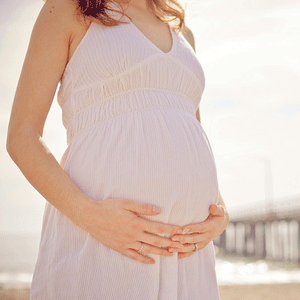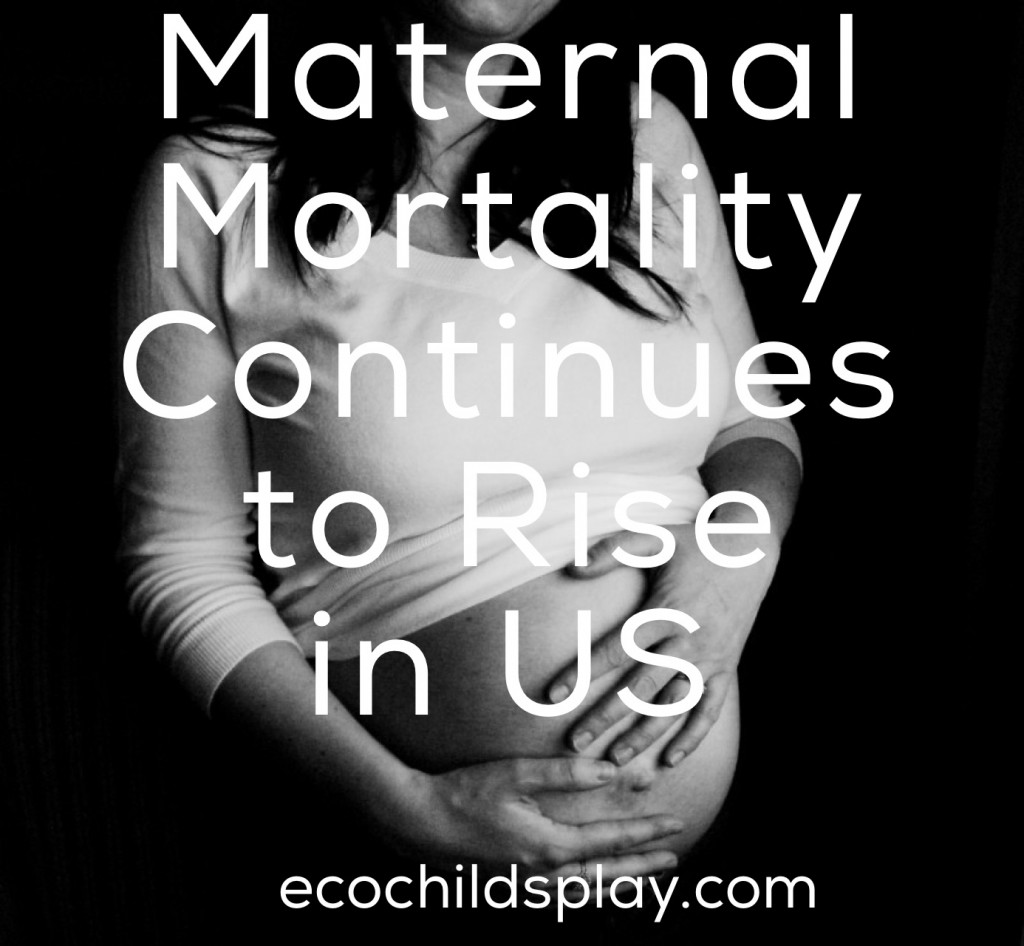In 2015, the US maternal mortality rate rose again. How could this be in a country with such advanced medicine?
Western medicine excels when major medical intervention is necessary. Where it fails is in relatively routine procedures like childbirth.
Three years ago, we shared that Americans spend $98 billion a year on pregnancy and childbirth, yet our maternal mortality rate has doubled in the last 25 years. Money has not improved the outcome for mothers. This trend continues in 2015.
What is maternal mortality?
The World Health Organization (WHO) defines maternal mortality as:
Maternal death is the death of a woman while pregnant or within 42 days of termination of pregnancy, irrespective of the duration and site of the pregnancy, from any cause related to or aggravated by the pregnancy or its management but not from accidental or incidental causes. To facilitate the identification of maternal deaths in circumstances in which cause of death attribution is inadequate, a new category has been introduced: Pregnancy-related death is defined as the death of a woman while pregnant or within 42 days of termination of pregnancy, irrespective of the cause of death.((http://www.who.int/healthinfo/statistics/indmaternalmortality/en/))
 As one would expect, worldwide most of these deaths occur in developing countries in rural areas where access to health care is limited. WHO explains:
As one would expect, worldwide most of these deaths occur in developing countries in rural areas where access to health care is limited. WHO explains:
Key facts
- Every day, approximatelynearly 830 women die from preventable causes related to pregnancy and childbirth.
- 99% of all maternal deaths occur in developing countries.
- Maternal mortality is higher in women living in rural areas and among poorer communities.
- Young adolescents face a higher risk of complications and death as a result of pregnancy than other women.
- Skilled care before, during and after childbirth can save the lives of women and newborn babies.
- Between 1990 and 2015, maternal mortality worldwide dropped by about 44%.
- Between 2016 and 2030, as part of the Sustainable Development Agenda, the target is to reduce the global maternal mortality ratio to less than 70 per 100 000 live births.
Maternal mortality is unacceptably high. About 830 women die from pregnancy- or childbirth-related complications around the world every day. By the end of 2015, roughly 303 000 women will have died during and following pregnancy and childbirth. Almost all of these deaths occurred in low-resource settings, and most could have been prevented.((http://www.who.int/mediacentre/factsheets/fs348/en/))
Given that “between 1990 and 2015, maternal mortality worldwide dropped by about 44%,” it is especially perplexing maternal mortality rates have increased dramatically in the US over the same time period.

There are only eight countries in the whole world where maternal mortality rates are increasing. According to the Lancet, data from 2003- 2013, show only eight countries with increased maternal mortality:
- Afghanistan
- Belize
- El Salvador
- Guinea-Bissau
- Greece
- Seychelles
- South Sudan
- USA((http://www.thelancet.com/journals/lancet/article/PIIS0140-6736(14)60696-6/fulltext))
It is interesting to note Greece on this list, as in 2008 they had the lowest ratings of maternal mortality in the world. ((http://eyr.lil.mybluehost.me/2012/09/14/98-billion-a-year-yet-maternal-mortality-has-doubled-in-last-25-years-infographic/))
 What are the leading causes of maternal mortality?
What are the leading causes of maternal mortality?
The Lancet reports:
The drivers of improvement (or lack thereof) in underlying causes of maternal deaths have important clinical, public health, and policy implications. Maternal mortality has been successfully reduced in many countries. Although the absolute numbers of deaths due to abortion, maternal haemorrhage, and hypertensive disorders of pregnancy have decreased in real terms, these causes remain important, collectively accounting for nearly 50% of all deaths. Continued promotion of policies to reduce anaemia and malnutrition, prevent malaria in pregnancy, provide calcium and micronutrient supplementation, encourage skilled birth attendance and in-facility delivery, discourage early motherhood, and reduce unsafe abortion should lead to sustained dividends.50, 51, 52 Such focus should be expected to reduce the risk of life-threatening complications of pregnancy, but the complications will not be eliminated altogether. Increased coverage of skilled birth attendance and delivery in facilities properly resourced for emergency obstetric care is essential for prevention of these deaths.((http://www.thelancet.com/journals/lancet/article/PIIS0140-6736(14)60696-6/fulltext))
These factors do exist somewhat in the US, but the causes of increased maternal mortality here may be the opposite. We have too many medical interventions, such as caesarean sections, women are given birth at an older age not younger, and obesity is causing complications. A lack of affordable, quality maternal care does exist, but certainly not on the same scale as Afghanistan or South Sudan. ((http://www.cnn.com/2015/12/01/health/maternal-mortality-rate-u-s-increasing-why/index.html ))
Why is the maternal mortality rate rising in the US?
CNN asked just that question. One factor may be better record keeping, but obesity has been called a “tremendous piece of the problem”.
Elise Turner, an associate professor of nursing at Mississippi’s Belhaven University and a nurse midwife who has more than 35 years experience, says obesity is a “tremendous piece” of the problem.
“The body is already stressed by obesity and the other accompanying diseases, such as hypertension, diabetes and things that accompany that and then you put the demands of pregnancy on top of that and it’s just very difficult,” Turner said.
Obesity is one of the leading causes of mortality in the OB/GYN field, said Dr. Michael Brodman, chairman of the department of obstetrics, gynecology and reproductive science at the Mount Sinai Health System in New York.
“We didn’t specifically have protocols for dealing with obese patients. We didn’t treat them differently and in reality, you have to treat them differently,” said Brodman.((http://www.cnn.com/2015/12/01/health/maternal-mortality-rate-u-s-increasing-why/index.html))
As with developing countries, the US maternal mortality rate is also affected by a lack of affordable, quality health care; however, there is another factor that is endemic to the US: fear of malpractice.
Insurance companies dictate much of our health care protocol, including birth. The high rate of Caesarean sections in the US is due to fear of lawsuits. Midwives face similar legal fears; however, their belief in natural childbirth for typical mothers allows them to practice under such fear without increasing Caesarean rates. CNN reports:
Brodman of Mount Sinai Hospital also blames the climb in C-sections on the widespread fear among doctors of being sued. He believes those fears have come down in recent years based on changes in malpractice laws and a new generation of doctors who go into the OB/GYN profession knowing that being sued is part of the medical landscape.((http://www.cnn.com/2015/12/01/health/maternal-mortality-rate-u-s-increasing-why/index.html))

Leave a Reply